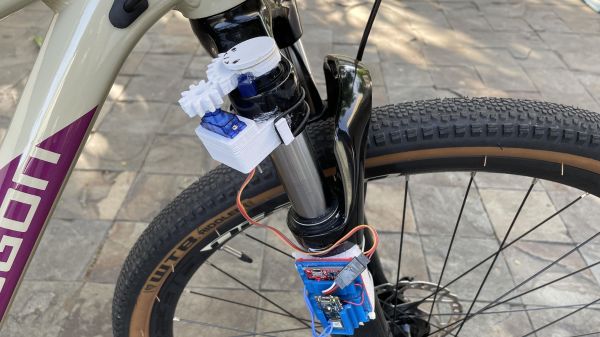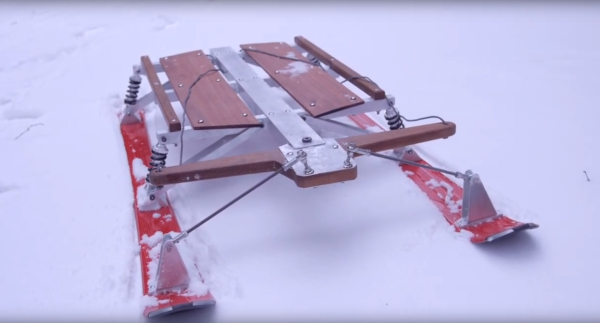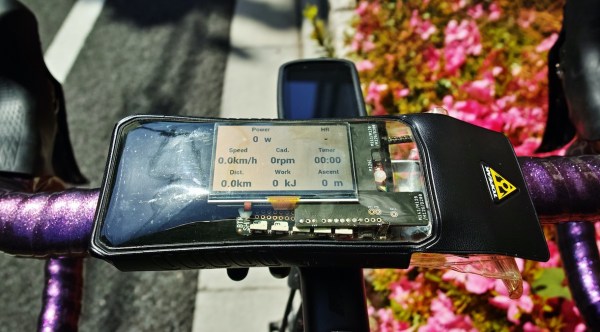E-bikes can replace car trips for some people, and adding a solar panel can make the fun last longer. [Luke] did some heavy modifications to his RadWagon to make it better, stronger, and faster than it was before.
The first step was replacing the stock 750 W controller with a 1500 W model to give the motor twice the power. [Luke] plans to replace the motor if it gets fried pushing too much juice, but is planning on just being careful for now. To stop this super-powered ride, he swapped the stock mechanical discs out for a hydraulic set which should be more reliable, especially when loading down this cargo bike.
On top of these performance enhancements, he also added a 50 W solar panel and maximum power point tracking (MPPT) charge controller to give the bike a potential 50% charge every day. Along with the OEM kid carrier and roof, this bike can haul kids and groceries while laughing at any hills that might come its way.
Checkout this other solar e-bike or this one making a trip around the world for more fun in the sun.

















